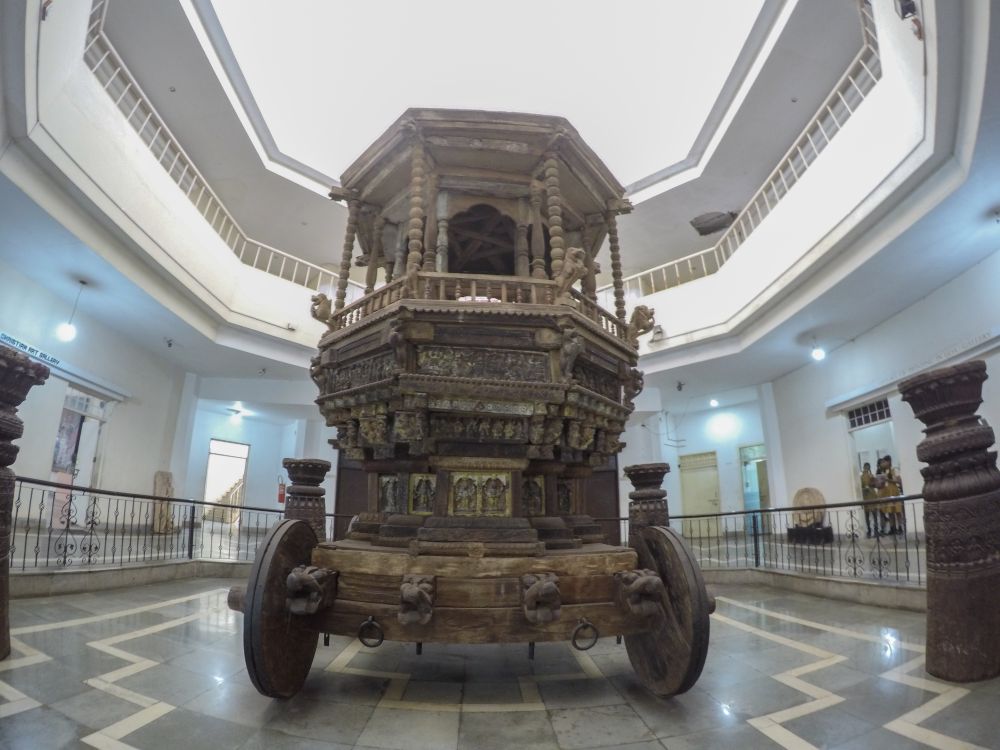

Located in the vibrant state of Goa, India, the Goa State Museum stands as a testament to the region's deep-rooted history and cultural diversity. Goa, with its picturesque beaches, colonial architecture, and unique blend of Eastern and Western traditions, has long been a magnet for tourists from around the globe. The Goa State Museum, situated in North Goa, adds a different dimension to this tourist landscape by offering insights into the state's past and artistic heritage.
The history of tourism in Goa dates back to the 1960s and 1970s when the hippie culture found its way to its shores, turning the once tranquil Portuguese enclave into a haven for free spirits. However, it wasn't until the late 1980s that tourism in Goa began to take shape systematically, with the state government recognizing its potential as a major contributor to the economy.
With its pristine beaches, exotic biodiversity, and the legacy of Portuguese influence in its architecture and cuisine, Goa became a favorite for both domestic and international travelers. As tourism flourished, there was an increased interest in Goa's historical and cultural artifacts, paving the way for the establishment of the Goa State Museum.
The Goa State Museum was originally set up in the year 1977 in St. Inez, Panaji, and later moved to its present location. It has played a critical role in collecting and preserving artifacts that highlight Goa's rich history. The museum boasts a wide array of exhibits that include ancient manuscripts, Hindu and Jain sculptures, paintings, coins, and anthropological objects.
One of the major attractions is its gallery dedicated to Christian Art, which reflects the influence of Portuguese colonialism and the proliferation of Christianity in the region. The museum's collection, offering a peek into Goa's past, draws researchers and culture enthusiasts alike.
While Goa continues to be known for its sun, sand, and sea, the latest trends in tourism reflect a growing desire among travelers for more immersive experiences. This includes an interest in cultural tourism, of which the Goa State Museum is an integral part.
Ecotourism has also risen, with tourists seeking to explore Goa's wildlife sanctuaries and spice plantations. Heritage walks around historical neighborhoods and culinary tours are becoming increasingly popular as visitors seek to engage with the local Goan lifestyle and heritage more deeply.
Furthermore, the advent of the digital age has ushered in a new trend of virtual tourism, where potential visitors can take online tours of Goa's landmarks, including the Goa State Museum. This has helped in boosting interest and planning for actual visits to the state.
In recent years, Goa has also seen a significant push towards sustainable tourism practices ensuring that while it continues to welcome visitors from around the world, it also maintains the ecological and cultural integrity that makes it truly unique.
The Goa State Museum serves as a vital cultural hub in the midst of Goa's evolving tourism scene. It not only showcases the region's multi-faceted history but also educates and inspires visitors, leaving them with a profound appreciation for the heritage and traditions of this enchanting coastal state.